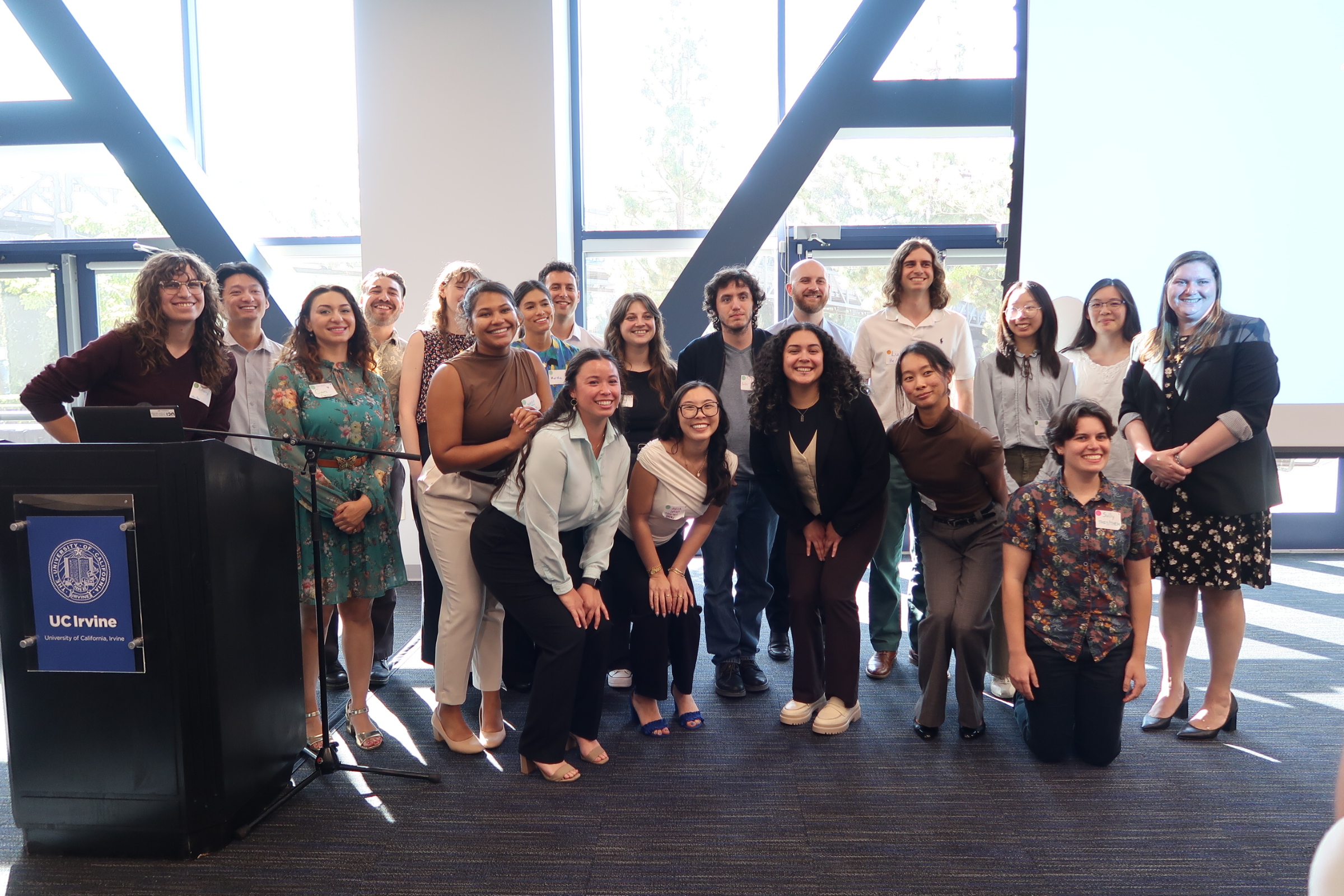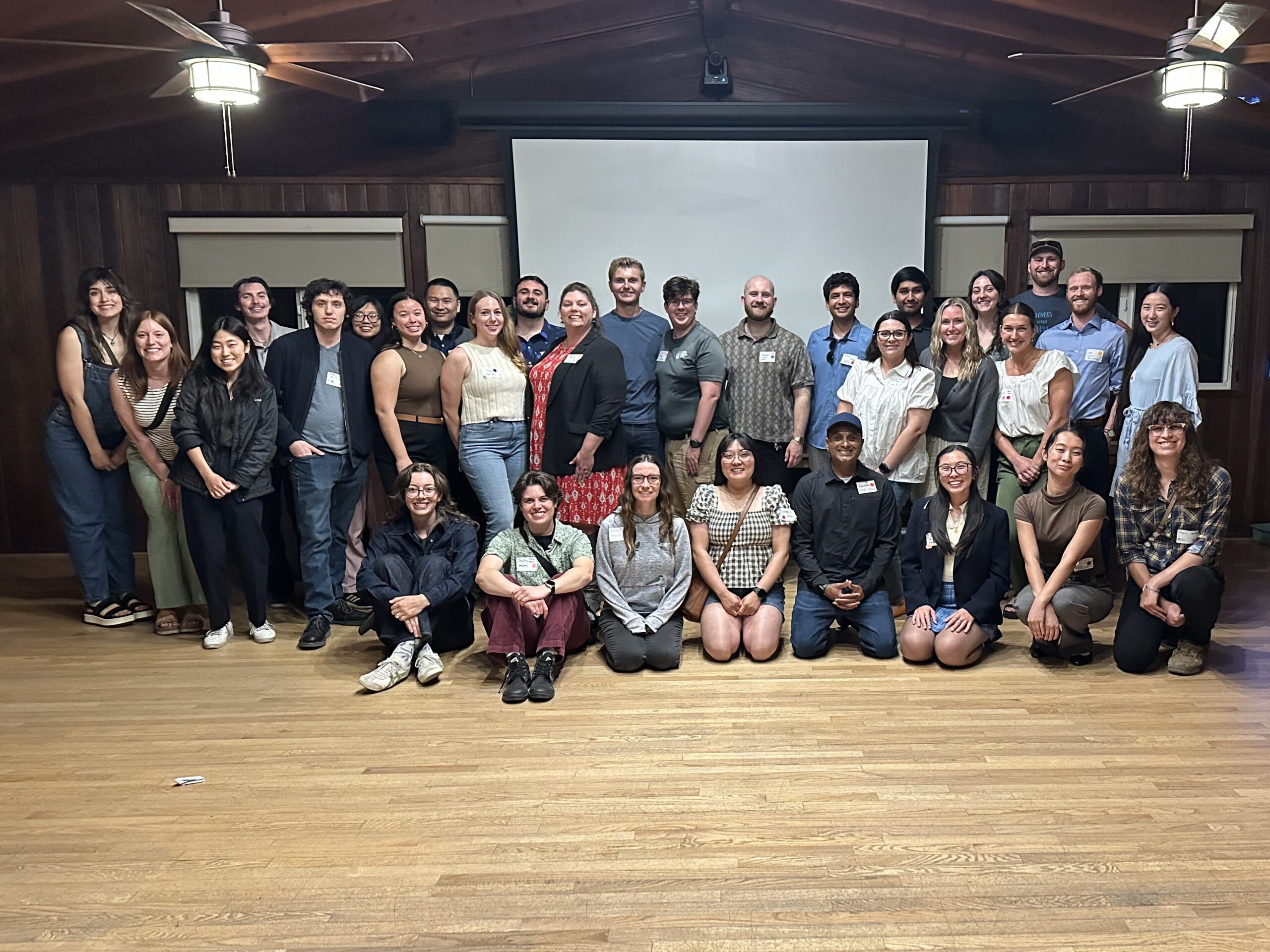Student Blog: “The Protector of the Tide Pools: A Story of Luma, the Owl Limpet” by Jessica Sofian
Beneath the crashing waves lies a world where the ocean kisses the shore, a world where an owl limpet (National Park Service, 2021) named Luma clings tightly to her rocky home. Her home and kingdom lie in the tide pools (NOAA, n.d.)–a shimmering and ever-changing landscape where anemones sway to the rhythm of the ocean, crabs follow the shadows, and water sparkles with life.
Luma is no ordinary resident. She is a protector, a small but mighty force shaping the world around her. As she grazes on algae, she keeps the neighboring rock surface clean. Each day, she carves a shallow indentation into the rock–a small pocket of solace to endure the pounding waves and shifting tides.
Luma’s impactful role is one few people may notice, and her shell holds more secrets than one could guess: she was not born a she (Esser, 2023). She started her life as a small male, but as she grew stronger and larger, she transformed into the powerful female she is today. With her maturity comes an even greater responsibility: to ensure the tide pools remain filled with future protectors. Luma is one of the biggest and most important limpets in her tide pool community, laying thousands of eggs and maintaining the balance of her home.

The Harvester’s Hand
One morning, as the tides pulled in, the pools settled into shimmering stillness, a dark shadow falling over Luma’s rocky perch. A human hand, rough and determined, reaches down.
The harvester knows the value of owl limpets as a food source for coastal communities and for the aesthetic appeal of their shells, they may not realize the implications of removing Luma from her kingdom. She is a keystone species (National Geographic Society, 2019), an organism whose presence is crucial in maintaining the health and balance of an entire ecosystem. Similar to a keystone in an arch, Luma’s absence will cause the balance of the tide pools to collapse.
Her absence would not just mean the loss of a single limpet, but rather an entire future of limpets to come. Without her, there will be fewer eggs, fewer limpets, and slowly, the tide pools will begin to change. With the absence of owl limpets, algae will grow out of control, disrupting the delicate web of life.

A Choice, A Future
Before the harvester picks Luma up, they remember a time when the tide pools burst with life–when owl limpets were larger and more abundant. They recall a time in a class years ago, when they learned about sustainable harvesting (Pearce, 2021) practices, taking a small number of male owl limpets, leaving the larger females like Luma to maintain a thriving population.
Upon this recollection, the harvester takes a deep breath and withdraws their hand. Luma remains, clinging to her rocky kingdom, unaware of the fate that almost altered her world. As the tides rise again, the waves return, and Luma continues her powerful work–grazing, shaping, and protecting the pools.
The Call to Action
Luma’s story is not hers alone, but rather a story of tide pools everywhere, of balanced ecosystems on the edge of survival. By understanding the crucial role of keystone species like owl limpets, we can ensure that we make choices that create thriving ecosystems for generations to come.
So, next time you walk along the tide pools, take a closer look. The small and seemingly unremarkable creatures beneath your feet serve as the guardians of the coast. With knowledge and care, we can help protect these organisms, just as they protect their home.
Sources
Esser, E. (2023, March 8). Exploring intertidal ecosystems and the impact of human activity. ArcGIS StoryMaps. https://storymaps.arcgis.com/stories/5d06971d96414e35b49d9327cc3bb956
Pearce, K. (2021, December 24). Limpet farming: An unlikely new source of sustainable protein? FoodNavigator. https://www.foodnavigator.com/Article/2021/12/24/Limpet-farming-an-unlikely-new-source-of-sustainable-protein/
National Geographic Society. (2019, October 9). The role of keystone species in an ecosystem. National Geographic Education. https://education.nationalgeographic.org/resource/role-keystone-species-ecosystem/
National Oceanic and Atmospheric Administration (NOAA). (n.d.). What is a tide pool? U.S. Department of Commerce. https://oceanservice.noaa.gov/facts/tide-pool.htmlNational Park Service (NPS). (2021, February 25). Species spotlight: Owl limpet (Lottia gigantea). U.S. Department of the Interior. https://www.nps.gov/cabr/blogs/species-spotlight-owl-limpet-lottia-gigantea.htm



